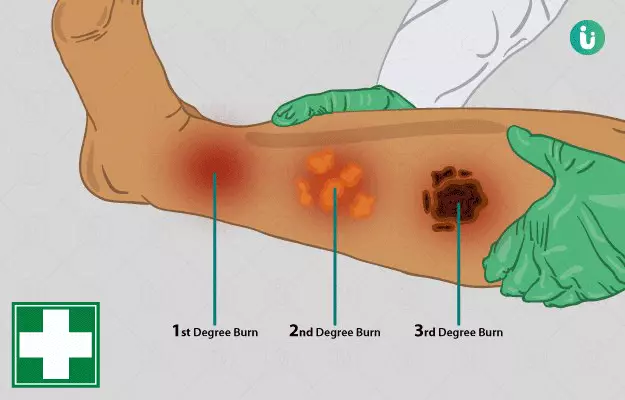Burns can be easily described as the damage caused to the tissues of the body due to overexposure to the sun or contact with flames, hazardous chemicals or high voltage electricity.
The burns can be superficial or deep. By having awareness about the degree and type of burn, you can help a person in need. Basic first-aid knowledge can help prevent permanent damage like loss of function in the affected area.
There are two main layers of skin: the epidermis (superficial or outer layer) and dermis (second or deep layer of skin). The burns are called minor when they damage just the epidermis, whereas if the damage exceeds to the dermis then it is called a major burn.
First aid acts as primary care for the people in need. Minor burns can be treated at home but the major ones need to be shown to a medical professional. Do not try to treat any major burn all by yourself or else you might end up worsening the situation.
















